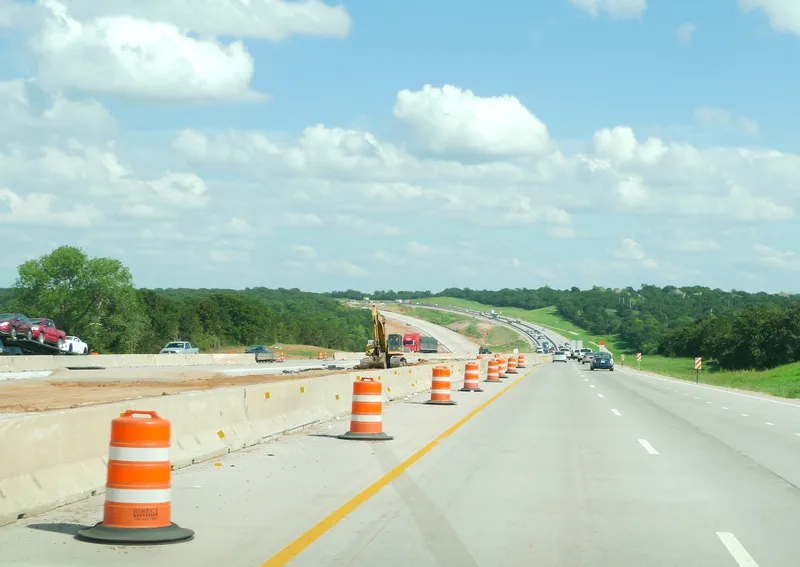
One.network’s Work Zone Data Exchange (WZDx) feed has been approved by the Federal Highway Administration (FHWA) for deployment by transportation agencies.
The FHWA says the WZDx Specification enables infrastructure owners and operators to make harmonised workzone data available for third-party use.
The intent is to make travel on public roads safer and more efficient through ubiquitous access to data on workzone activity. Specifically, the project is seeking to get data on workzones into vehicles to help automated driving systems and human drivers navigate more safely.
The company will now create a WZDx feed for any American agency that asks, free of charge.
The initiative comes after One.network worked with FHWA’s WZDx team to ensure feeds will be compliant with programme protocols.
Adam Graham, One.network’s chief product officer, says: “In traffic management, sharing accurate and timely information with the widest possible audience is key. We have the technology to build these feeds and set them up for an agency within days, saving agencies the cost and effort to create their own feeds from scratch.”
The One.network WZDx feed is expected to deliver as many data streams into a feed as an agency needs.
Each WZDx feed will include data on planned workzone activity, allowing drivers to avoid hazards and agencies to contribute to a national repository of work zone information coordinated by FHWA.
GPS navigation apps including Google, Waze and TomTom, connected and autonomous vehicle (C/AV) applications, organisations and regional authorities, will all have access to the feeds.
“It’s crucial that we do everything we can to protect workzone crews and reduce the congestion that’s inherent, but often avoidable, around workzones,” Graham adds.
He emphasises that the programmes goals address a universal coordination issue.
“Shining a spotlight on the data and making it readily available can unlock coordination between agencies and really drive benefits,” Graham concludes.










